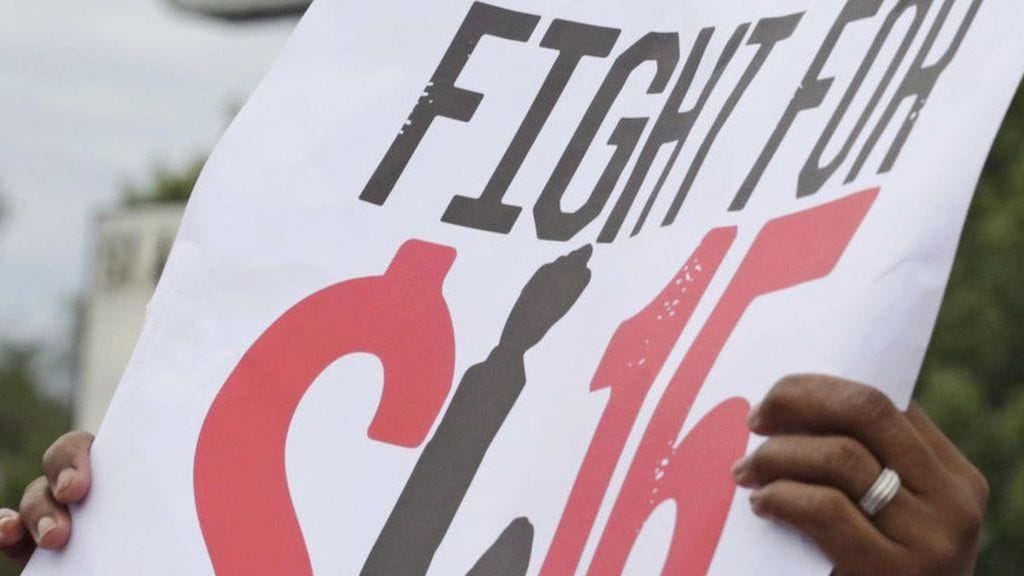The Case for Abolishing Minimum Wage Laws
Sadly, the actual minimum wage is zero, which is exactly what workers receive when they're artificially priced out of the job market.
by Antony Davies and James R. Harrigan
August 2, 2019
Eighteen states impose minimum wages higher than the federal minimum of $7.25 an hour. Among the states, California’s $12 an hour minimum is currently the highest (the minimum wage in the District of Columbia is $13.25). States are free to set whatever minimum wage they think is appropriate. This latitude notwithstanding, the American minimum wage debate takes place on the national stage for the most part.
If voters believe that raising the minimum wage helps workers, then politicians have an incentive to agitate in favor of increasing it. And we are now hip-deep into election season, which means that we should expect this issue to come up repeatedly as we ramp up to 2020. But people acquainted with the dismal science know that no amount of legislation can change the fact that the actual minimum wage is zero, which is what workers receive when the mandated wage rate prices them out of the market.
The Effect on Employment
As sure as the …


